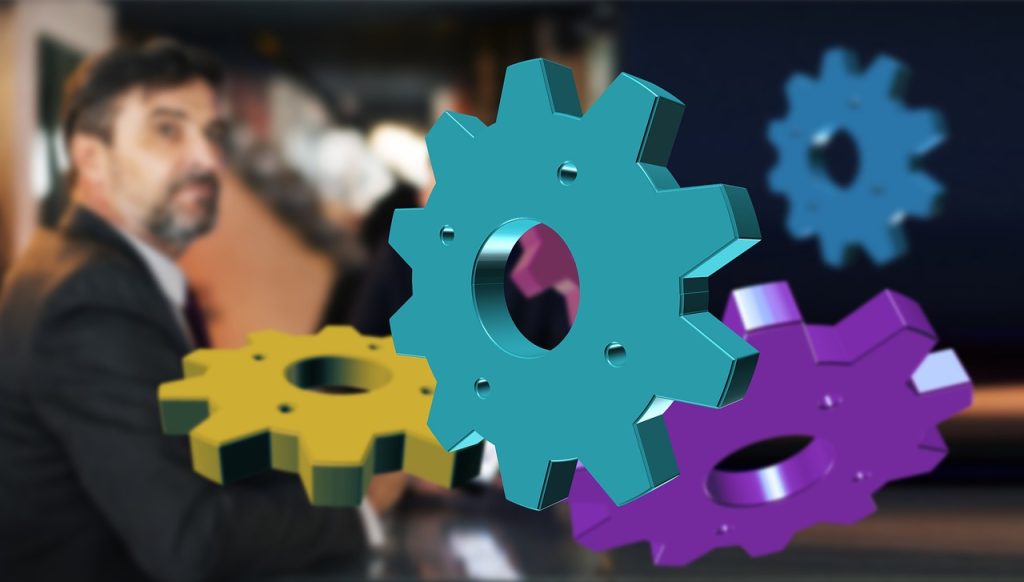Automation is the process of using technology to perform tasks and processes that were previously carried out manually by humans. It involves the use of software, machines, and other technology to perform tasks in a more efficient and accurate way. Automation has become increasingly popular in recent years, as it can help to reduce costs, increase productivity, and improve quality in a wide range of industries. Here are some examples of automation:
Manufacturing: Automation has long been used in manufacturing, where it is used to perform tasks such as assembly, painting, and packaging. For example, in automotive manufacturing, robots are used to perform tasks such as welding, painting, and assembly of parts. This has led to faster production times, increased efficiency, and higher quality products.
Healthcare: Automation is increasingly being used in healthcare to improve patient care and reduce costs. For example, robots can be used to perform surgical procedures with greater accuracy and precision than human surgeons. They can also be used to assist in tasks such as patient monitoring and medication administration.
Finance: Automation is also used in finance, where it is used to perform tasks such as accounting, data entry, and fraud detection. For example, software can be used to automatically enter financial data into a system, reducing the risk of errors and speeding up the process. Automated fraud detection can also help to prevent financial losses.
Agriculture: Automation is also being used in agriculture to improve efficiency and reduce labor costs. For example, robots can be used to plant and harvest crops, reducing the need for manual labor. They can also be used to monitor soil conditions and weather patterns to optimize crop growth.
Transportation: Automation is increasingly being used in transportation, with the development of autonomous vehicles. Self-driving cars and trucks are being developed that can navigate roads and highways without human intervention. This has the potential to reduce accidents, improve efficiency, and reduce the cost of transportation.
Retail: Automation is also being used in retail, where it is used to improve customer service and reduce costs. For example, robots can be used to perform tasks such as stocking shelves and cleaning floors, freeing up human employees to focus on customer service. Self-checkout machines are also becoming more common, reducing the need for human cashiers.
Customer service: Automation is also being used in customer service, where it is used to improve response times and reduce costs. For example, chatbots can be used to provide customers with automated responses to frequently asked questions, reducing the need for human customer service representatives.
Education: Automation is also being used in education to improve student learning and reduce costs. For example, online learning platforms can be used to provide students with access to educational resources and courses from anywhere in the world. Automated grading systems can also be used to provide students with instant feedback on their work.
In conclusion, automation is transforming the way we work and live, with applications in a wide range of industries. It has the potential to improve efficiency, reduce costs, and improve the quality of products and services. While there are some challenges to overcome, the continued development of automation technology is likely to have a significant impact on the way we work and live in the future.







